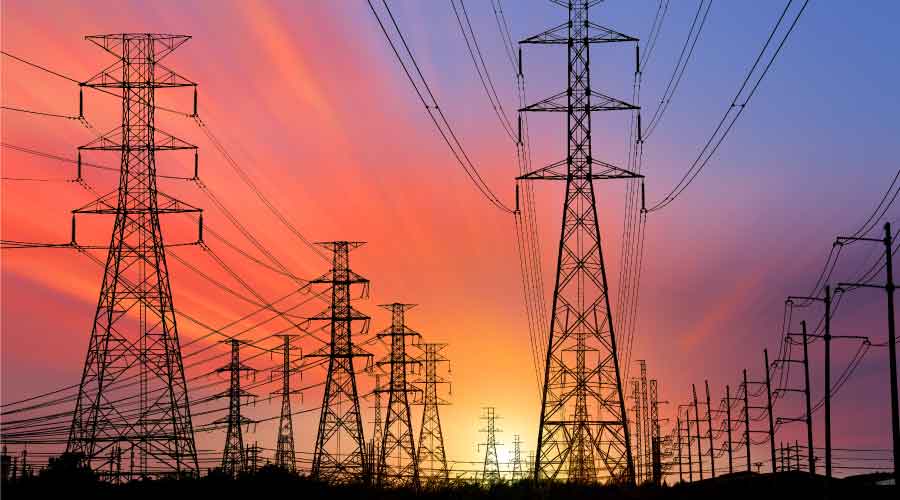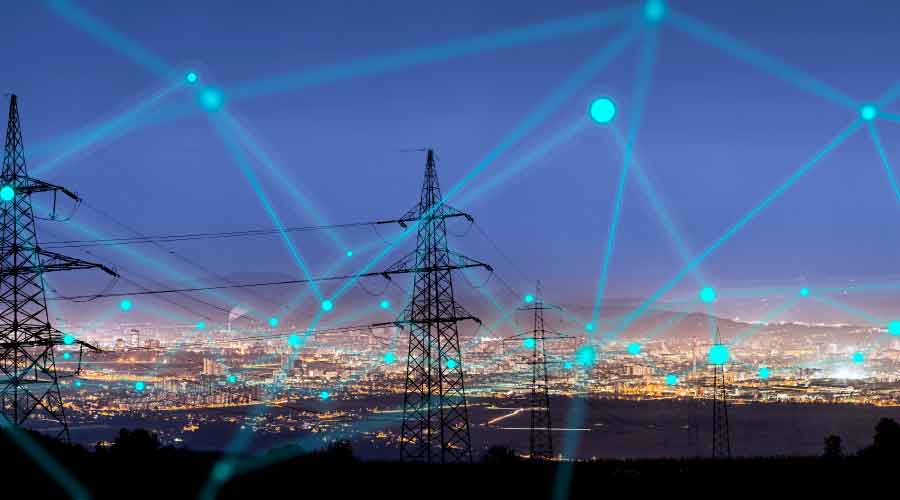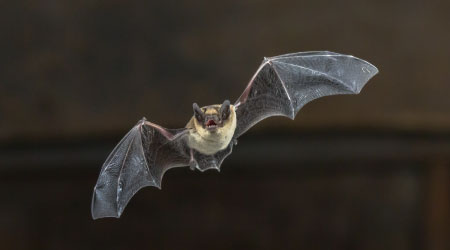
GSA Selects Six Sustainable Strategies for Widespread Implementation
May 26, 2022
The U.S. General Services Administration’s (GSA) Green Proving Ground program has selected six building technologies for evaluation in GSA's inventory, including the program’s first selections of electric vehicle (EV) charging technology. The program leverages GSA’s real estate portfolio to evaluate innovative building technologies in real-world settings. Evaluation results enable GSA to make sound investment decisions in next-generation building technologies. The technologies:
Carbon dioxide-based heat pump. Decarbonizing heating is key to achieving net-zero. This combustion-free heat pump is designed to increase heating and cooling efficiency by capturing and reusing thermal energy while reducing global warming potential. Using carbon dioxide as the refrigerant, this heat pump can deliver cooling down to -22 degrees and heating up to 250 degrees.
Solar photovoltaic tracking. Commercial buildings consume 35 percent of the electricity in the United States, according to the U.S. Department of Energy. This single-axis solar tracker promises to increase commercial rooftop solar photovoltaic production by adapting a proven utility tracking technology with a new low-profile rocker design that reduces friction, motor size and the cost of sun tracking.
Non-metalized window film. Windows are the weakest energy-efficiency link in the building envelope, but replacing them can be cost-prohibitive. This non-metalized window film aims to increase window thermal performance with increased durability, reduced reflectivity and no cell signal interference. The exterior version is expected to effectively block heat transmission, making it an efficient option even on coated or dual-pane tinted glass. The interior version incorporates additional technology that meets current GSA standards for blast resistance.
Additive that increases heat transfer. Closed-loop HVAC systems rely on water to transfer heat energy throughout a building. This hydronic additive aims to improve the heat transfer properties of water to reduce energy use in closed-loop HVAC systems.
EV charge management. The federal government aims to electrify the 450,000 vehicles in the federal fleet. This EV charge management solution supports that goal by integrating embedded vehicle telematics with utility signals to optimize charging based on vehicle use, utility rates and the carbon content of delivered power.
Bi-directional EV charging. Bi-directional EV charging can be used to stabilize the grid by strategically using EVs to either power local building loads or send energy back to the grid. This vehicle-to-everything technology is expected to turn EVs into energy storage assets, increasing resilience and lowering the cost of EV ownership.
Dan Hounsell is senior editor, facility group.
Next
Read next on FacilitiesNet












